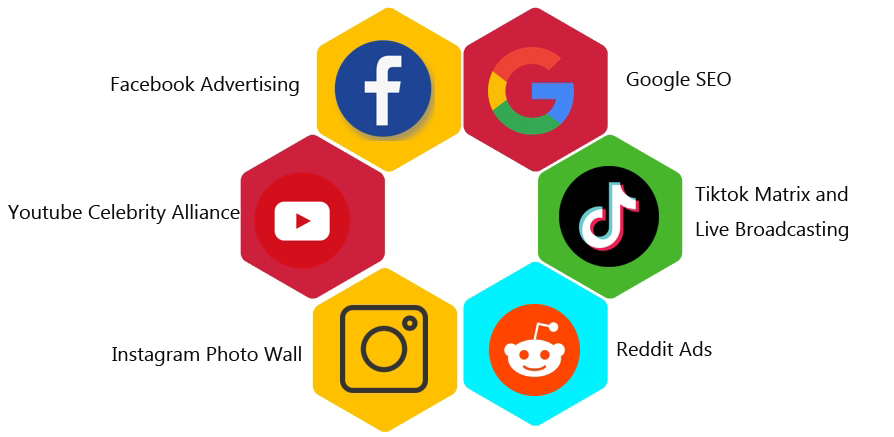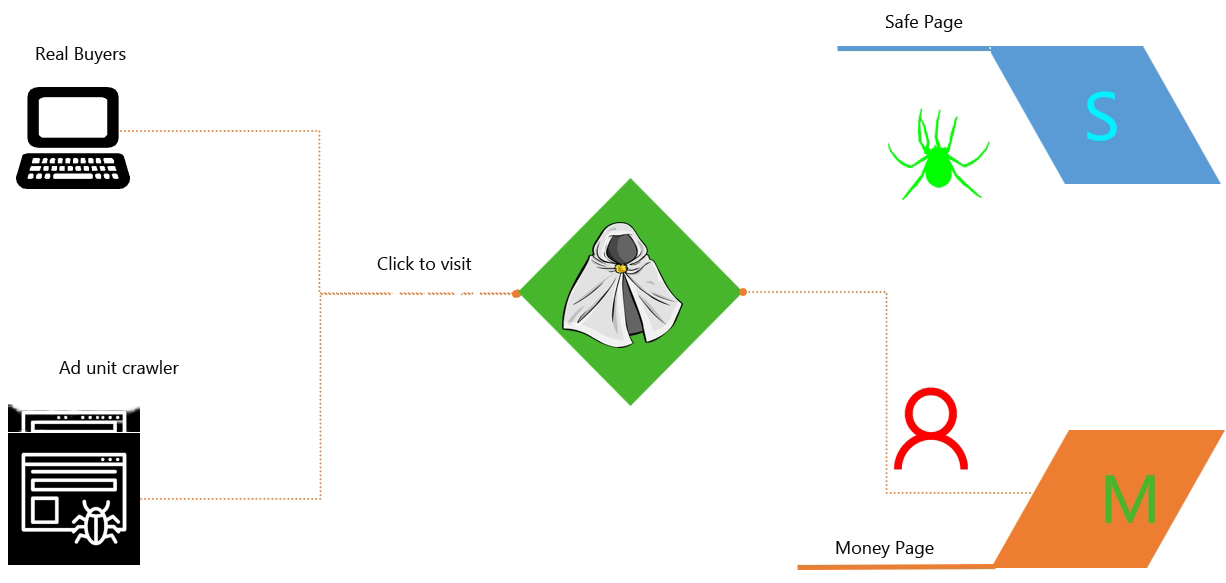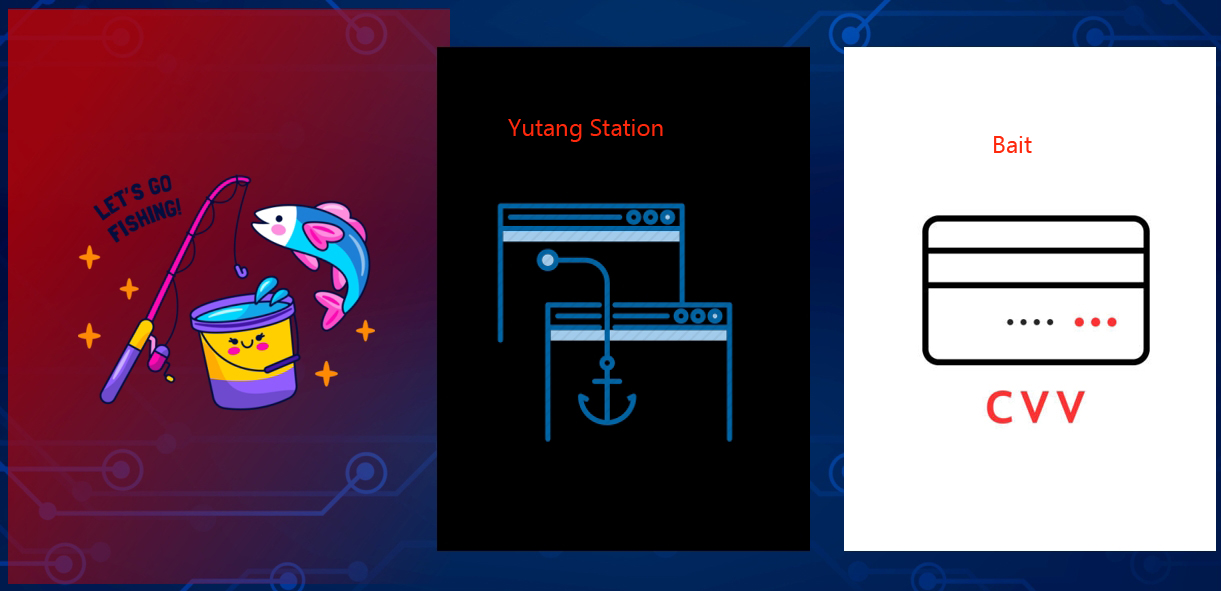This article is a literacy piece designed to introduce the concept of cross-border e-commerce independent websites to newcomers, helping entrepreneurs quickly grasp the project framework before diving into deeper research or making strategic decisions.
The overall framework vector diagram of the project is as follows:

Let’s now break down the core structure of this business model:
1) Business Site + Processing Site Model
The core of the operation relies on a dual-site system, which together form our independent designer-inspired brand site. This setup adopts the widely used AB-site architecture:
Site A: The storefront or mall website, functioning as the front-end user interface for both buyers and sellers.
Site B: The backend processing site, also known as the data gateway. It handles secure transaction data and payment interactions. This site is visible only to internal teams, not to buyers.
A = front-end site; B = backend transaction site.

Important: A basic AB setup isn’t enough. For niche fashion or alternative product categories, certain advanced technical configurations are required.
Essential Technical Components for Alternative Brand Sites
When building AB sites, open-source platforms are usually preferred — such as Opencart, WordPress + WooCommerce, Magento, or Zencart. SaaS builders (like Shopify) are easy to use but are not suitable for this category due to limitations in payment handling and higher risk of platform restrictions.
Q: Can I use a SaaS site for alternative brand sales?
A: Not recommended. Self-hosted platforms offer far more control and sustainability.
Workflow:
A customer places an order on Site A and initiates payment → Site A notifies Site B → Site B processes the payment and pushes the relevant data to gateways like PayPal or Stripe.
Both sites use strategic algorithms:
Site A determines the best gateway based on weight, volume, and historical success.
Site B selects the most suitable payment account and supports a 1A-to-many-Bs structure for greater flexibility.
2) Traffic Pool
Independent websites are traffic neutral — they don’t bring visitors by default. All traffic must be actively driven from external platforms.

These platforms include major public channels, where highly relevant and quality buyer groups are already active.
There are two main traffic acquisition models:
Fast traffic (ads, KOLs, influencer shoutouts, affiliate marketing)
Slow traffic (organic SEO, blog content, community presence)
Trying to figure this out from scratch can lead to a high failure rate and wasted resources. Having a proven strategy or working with experienced teams is crucial.
3) Cloaking (CLOAK)
This is a technical filtering method used primarily during ad placement and review processes. It consists of:

Money Page: The actual landing page where conversion happens (e.g., product pages, checkout pages).
Safe Page: A compliant-looking version shown to ad reviewers or crawlers.
Filter Logic: Rules to distinguish between real users and platform bots.

In simple terms, cloaking is a smart redirect system. It detects whether a visitor is a real human or an ad platform crawler. Real visitors are shown the authentic website; crawlers are shown a compliant, content-safe page.
⚠️ Caution: While cloaking can help ads pass review, it may sometimes block real users. It’s not always the best approach. Depending on your ad strategy, you might be better off with safer alternatives.
4) Post-Purchase Handling
This part deals with multi-currency settlements, withdrawals, and compliance. Both individual and company accounts are supported.
Given the non-mainstream nature of this niche industry, mainstream processors like Airwallex or Payoneer may not be feasible. Instead, specialized channels are needed for smooth financial operations.
5) “Yutang Station” Tactics
Fishpond-style lead generation and advanced filtering strategies are high-cost, high-risk, and have low conversion rates.

Unless you’re a tech-savvy veteran in this field, it’s recommended to skip this section entirely.
Summary
The five points above outline the core components of setting up an independent site for alternative or niche fashion products in the cross-border e-commerce space.
For deeper consulting or tailored guidance, feel free to reach out.





